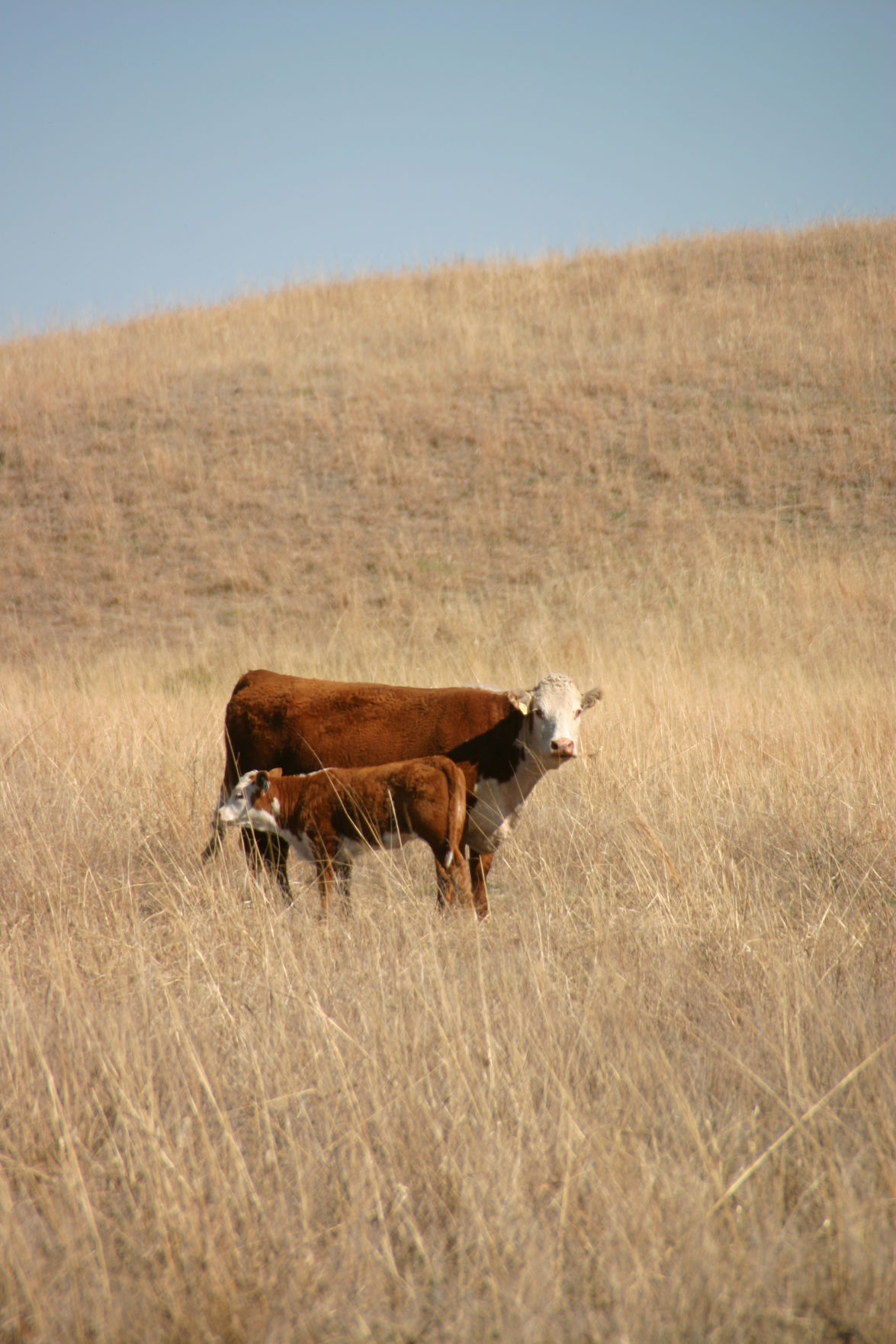Besides limiting forage production, dry weather can create another problem for producers to deal with, nitrate toxicity. With drought stricken areas of the state receiving some much needed moisture lately, does the risk of nitrate poisoning go away?
Nitrogen is an element essential for growth in all forms of life. Plants in particular typically absorb nitrogen in the form of nitrate from the soil, transporting it from the roots to actively growing portions of the plant above ground. Once the nitrogen is moved into the leaves; then, the nitrate can be changed into useful carbohydrates through sunlight and the photosynthesis process.
When dry conditions slow or halt plant growth, this pathway hits a dead end on the delivery side. Nitrate continues to be absorbed, but with no place to go, build in concentration in lower portions of the stem. While all plants can exhibit nitrate toxicity during dry weather, grasses like our small grain species (rye, oats, wheat, triticale) and forage species (sorghums, millets, sudangrass) are particularly susceptible.
With the return of precipitation and additional plant growth, nitrates once again have a place to go as plants recover. While this imbalance will eventually correct itself, the process will take time; and it is recommended to wait at least three days (after a significant drought ending rain event) before harvesting forage. This may allow the stressed plants to convert the potentially toxic nitrate levels into usable carbohydrates. Plants still displaying characteristics of stress will most likely still be carrying a higher than normal nitrate load. If you have any doubts, it’s better to be safe and send a sample to a reputable lab for testing.
The take home: Nitrates accumulated in forages during drought can be reduced with the return of precipitation, but this process takes time. Wait for plants to fully resume normal growth and if in doubt, test.




